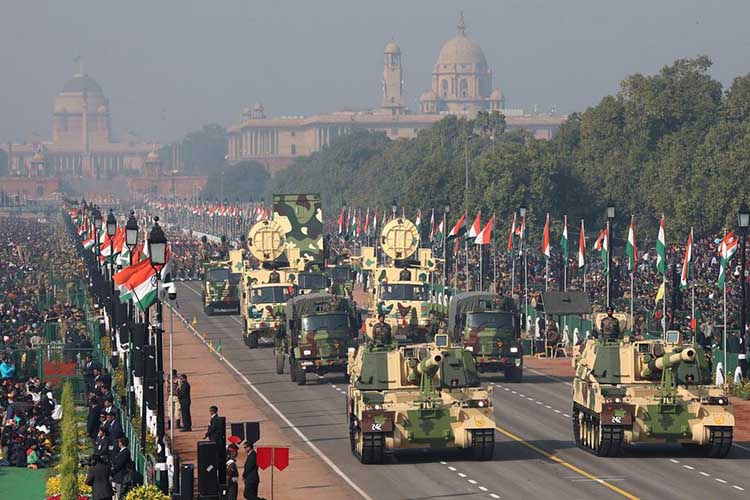Second draft of the Defence Procurement Procedure (DPP) 2020, which has now been titled as ‘Defence Acquisition Procedure (DAP) 2020’, has been uploaded on the website of the Ministry of Defence (MoD) inviting suggestions/ comments from the various stakeholders and the general public. After an analysis of the comments received from various agencies regarding the 1st draft, specific interactions were also carried out with the entire spectrum of stakeholders, both in person and via web conferences in order to understand their precise concerns.
Defence Acquisition Procedure
The amended second draft has since been finalised by the review committee driven by tenets of defence reforms announced as part of the ‘Atmanirbhar Bharat Abhiyan’ and has been placed in the public domain.
The aim of the Defence Acquisition Procedure (DAP) is to ensure timely procurement of military equipment, systems and platforms as required by the Armed Forces in terms of performance, capabilities and quality standards, through optimum utilisation of allocated budgetary resources. While enabling the same, DAP will provide for the highest degree of probity, public accountability, transparency, fair competition and level-playing field. In addition, self-reliance in defence equipment production and acquisition will be steadfastly pursued as a focus of the DAP with an ultimate aim to develop India as a global defence manufacturing hub.
The DAP will cover all Capital Acquisitions other than Works and Land undertaken by the Ministry of Defence (MoD) and Service Headquarters (SHQ) both from indigenous sources and ex-import, except for medical equipment. SHQ for the purpose of DAP would include HQ Integrated Defence Staff, Integrated HQ of the MoD (Army), Integrated HQ of the MoD (Navy), Integrated HQ of the MoD (Air Force) and the Indian Coast Guard. Defence Research and Development Organisation (DRDO), Ordnance Factory Board (OFB) and Defence Public Sector Undertakings (DPSUs) will, however, continue to follow their own procurement procedure.
Capital Acquisition schemes are broadly classified as, ‘Buy’, ‘Buy and Make’, Leasing, ‘Make’, ‘Design and Development (D & D) and Strategic Partnership Model (SPM). A Simplified Capital Expenditure Procedure (SCEP) may also be followed for replenishment or repairs or refits of recurring nature of ‘In Service’ equipment/systems, which entail high cost and longer service life. Under the ‘Buy’ scheme, procurements are categorised as ‘Buy (Indian – IDDM)’, ‘Buy (Indian)’, Buy (Global – Manufacture in India) and ‘Buy (Global)’. Under the ‘Buy and Make’ scheme, the procurements are categorised as ‘Buy and Make (Indian)’ and ‘Buy and Make’.
Procurement of defence equipment under this procedure will be based on the above mentioned categories. The categories, except Make, Leasing, D & D and SPM, have been prioritised based on their relative importance towards indigenization. However, there is no embargo on a vendor qualifying in a higher category to participate in the lower category in case all requirements of the lower category are met. In decreasing order of priority, the priority of categories will be as follows:-
- Buy (Indian – IDDM)
- Buy (Indian)
- Buy and Make (Indian)
- Buy and Make
- Buy (Global – Manufacture in India)
- Buy (Global)
















